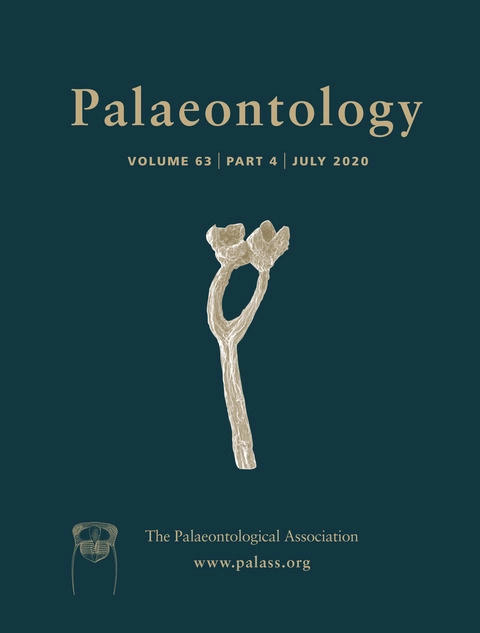Reg. Charity No. 1168330

Duck-billed dinosaurs (Hadrosauridae) were the most common ornithopods of the Late Cretaceous. Second only to sauropods and in many cases exceeding the sizes of the largest land mammals (such as indricotheres or proboscideans), they are among the largest terrestrial herbivores to have walked the Earth. Despite their gigantic size, diversity and abundance, their growth strategies remain poorly understood. Here, we examine the bone microstructure of several Mongolian hadrosauroids of varied adult sizes. The small and middle-sized species have lines of arrested growth (LAGs). On the other hand, one of the largest duck-billed dinosaurs, Saurolophus angustirostris, shows uninterrupted growth, comparable with other big hadrosaurs for which the lack of cyclical growth arrests was interpreted as a result of living in the polar region. Since both of the studied taxa inhabited warmer, continental, monsoon-influenced environments of the Late Cretaceous Mongolia, we propose that the absence of LAGs is not a climatic-driven condition but rather connected with the animal's size (i.e. ontogeny). Our results show that, like sauropods, hadrosaurs changed their growth dynamics from cyclical to continuous during their evolution, which made it possible for them to achieve comparable body sizes.